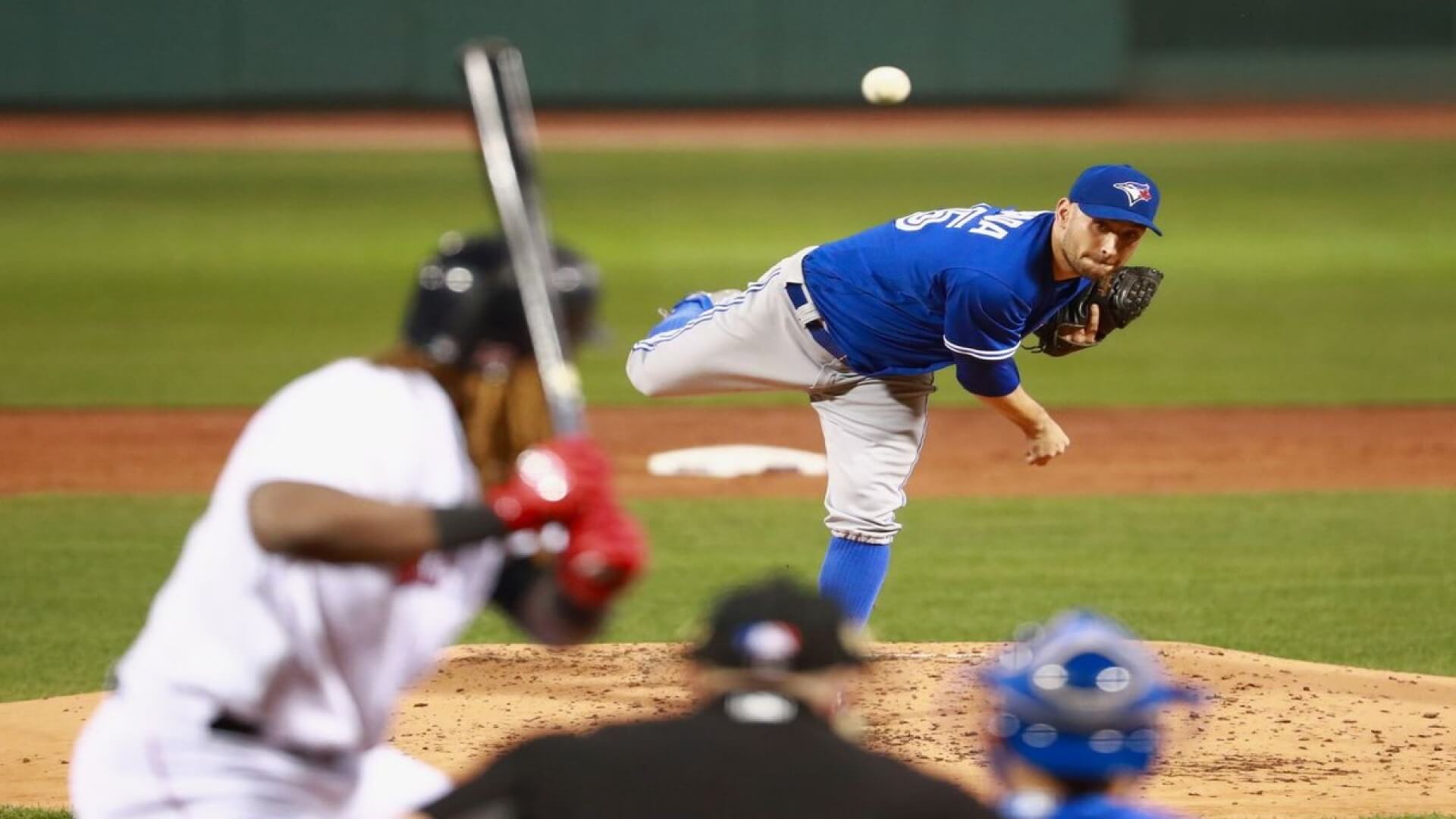5 Differences Between Softball and Baseball
Hey there, fellow sports enthusiasts! Whether you’re an athlete ready to hit the diamond, a fan looking to brush up on your knowledge, or just someone who stumbled upon this blog post, we’re diving into the vibrant world of diamond sports. Today, it’s all about softball and baseball. They might seem like two peas in a pod, both involving bats, balls, and bases, but trust me, there are some key differences that make them as distinct as apples and oranges… or should I say baseballs and softballs?
So grab your favorite snack (I recommend popcorn), sit back, and let’s break down the main differences between softball and baseball!
>>>Read more: Most Popular Rugs of 2024 – Elevate Your Space

1. Size Matters: Balls and Bats
First up, let’s chat about the most obvious difference—size! When it comes to the ball, it’s all in the name. Softballs are larger than baseballs. A regulation softball measures about 30.5 centimeters (12 inches) in circumference, while a baseball is a trim 23 centimeters (9 inches). Wham! That’s quite the difference!
But it doesn’t stop there! The bats are also different. Softball bats can be longer and are often made of materials designed to maximize the surface area for contact. Baseball bats, on the other hand, have a tapering shape and are typically made with woods (like ash or maple) or various metals. So when you step up to the plate, you better know whether you’re facing a softball or a baseball pitcher because holding the wrong bat would be a classic rookie move!
2. Pitching Styles: Underhand vs. Overhand
Next, let’s talk about pitching, which brings us to another striking difference: how the ball is pitched. In softball, the pitchers deliver the ball using an underhand style, a technique that’s unique to the sport. It not only creates a different angle but can also lead to some pretty wicked curveballs that baseball pitchers might only dream of. When you see a softball pitcher winding up, it’s like a graceful dance before the ball soars through the air!
Now, in baseball, pitchers throw overhand, sidearm, or even three-quarters, resulting in a different kind of speed and movement. The high-velocity pitches in baseball can be mesmerizing, with fastballs zooming down the line at jaw-dropping speeds of over 90 mph! When you’ve got a baseball on the line, it’s all about throwing heat!
3. Field Dimensions: Size is Key
Let’s not forget about the field itself! The dimensions of the diamonds give each sport its unique flavor. A standard baseball field boasts a distance of 90 feet between bases, with a center field fence sitting somewhere around 400 feet away (give or take). It’s expansive and allows for plays that can turn into long home runs or daring catches!
In contrast, softball fields are a bit more compact. The bases are only 60 feet apart, and the outfield fences usually sit at about 200 feet. This smaller setup can lead to fast-paced action and more frequent scoring as players zip around the bases like they’re on a slip ‘n slide! So if you ever hear someone say they’re playing “the shorter version,” now you know!
4. Game Duration and Innings
Alright, folks, let’s tackle the age-old question: how long does a game last? In baseball, games are typically nine innings, with teams continuing to play until someone wins (hello extra innings!). A game can stretch into a drawn-out affair, sometimes lasting 3 hours or more, as fans settle in for the long haul. Those seventh-inning stretches are crucial for grabbing snacks and playing the eternal game of “will they or won’t they?”
Now, softball ups the ante by usually playing 7 innings—and sometimes even less in recreational leagues. Games tend to be quicker, often wrapping up in about 1.5 to 2 hours, meaning more time for players to hang out, talk strategy, and enjoy a post-game party! It’s like the express version of a baseball game, giving you that instant gratification of a fun afternoon without needing to clear your calendar for the whole day.

5. Base Running: Play it Safe or Go Bold?
Lastly, let’s break down base running! One of the biggest differences here is about the nuances of running the bases. In baseball, once the batter gets to first base, they must “tag up” before advancing to the next base on a fly ball, giving defenders ample time to make a play. Also, there are rules about when players can leave the base, which can lead to some heart-pounding moments as players get tagged out.
Meanwhile, in softball, the runner can leave the base as soon as the pitch is thrown. This little twist changes the dynamics of base running, allowing for some seriously strategic plays and swirling chaos as players dart between bases like squirrels after an acorn!
>>>Buy now: Pittsburgh Steelers Nfl Team Logos Area Rug

Wrap-Up: The Diamond Sports Duo
In summary, while baseball and softball may both be played on shiny diamonds with a bat, ball, and bases, the sports showcase various differences in size, pitching styles, field dimensions, game durations, and base running tactics. Whether you prefer the fast-paced action of softball or the often slower rhythm of baseball, it’s hard to deny that both sports offer plenty of excitement and thrill in their uniquely charming ways.
So next time you’re at a game, whether it’s cheering for your kid’s softball team or soaking in the atmosphere at a professional baseball game, take a moment to appreciate the nuances that make each sport special. Now that you know the differences, it’s time to grab your glove, step up to the plate, and let the games begin!
Happy playing, and may the best team win! ⚾🥎

